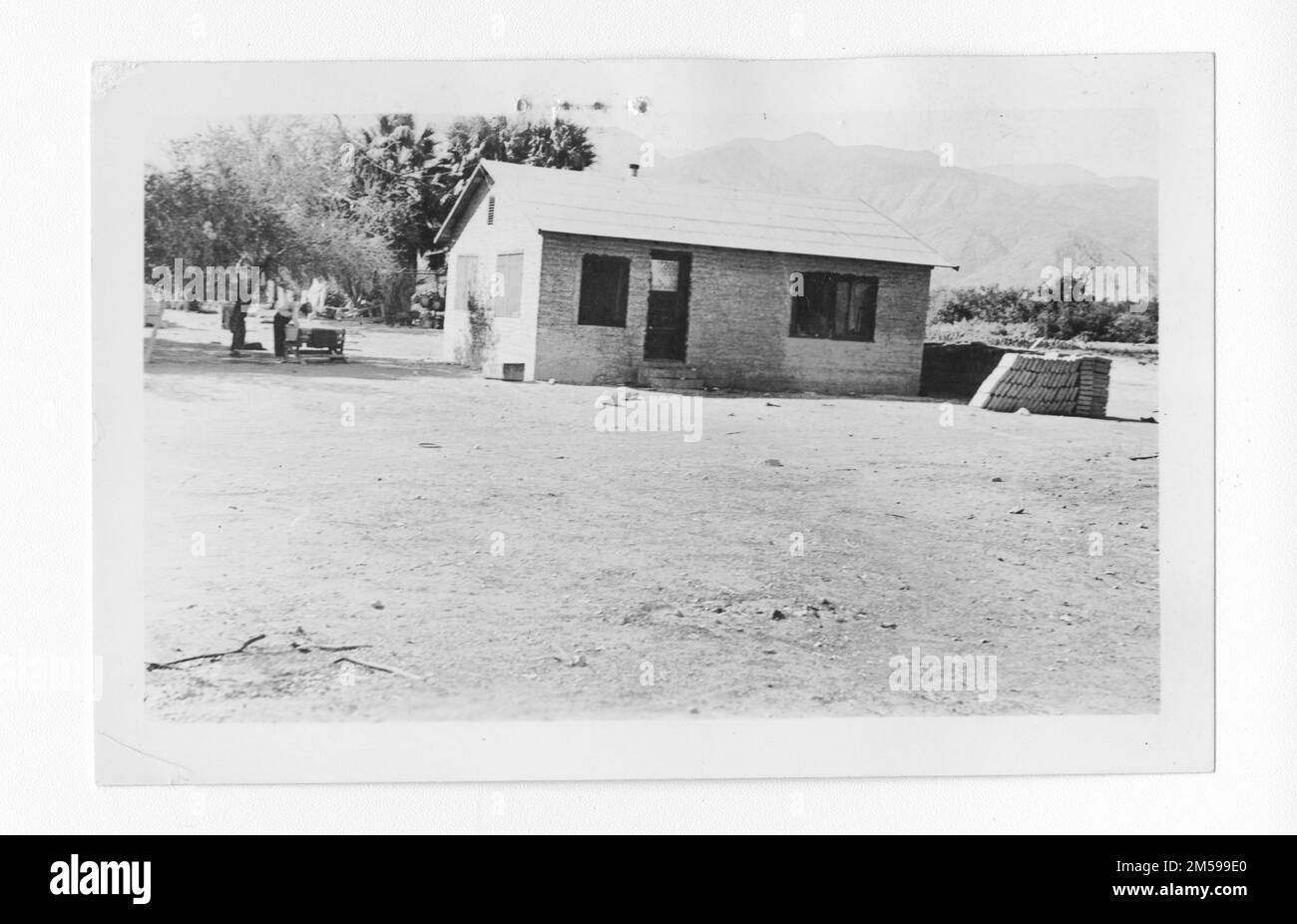Nestled in the heart of California’s Coachella Valley, the Torres Martinez Reservation stands as a testament to the enduring spirit and rich heritage of the Torres Martinez Desert Cahuilla Indians. Established in 1876 by Executive Order by President Ulysses S Grant, this 24,024-acre reservation, named for the village of Toro and the Martinez Indian Agency, represents a vital land base for the Cahuilla people, who have called this region home for countless generations.
A Legacy of Strength and Adaptation
The history of the Torres Martinez Desert Cahuilla Indians, also known by their autonym, Mau-Wal-Mah Su-Kutt Menyil (“among the palms, deer moon”), is one of remarkable resilience. They have navigated numerous challenges, from the encroachment of settlers onto their ancestral lands to the dramatic reshaping of their territory with the formation of the Salton Sea in 1905.
Through it all, the tribe has maintained a deep connection to its cultural identity. The Cahuilla language, passed down through generations, is experiencing a revival as the tribe works tirelessly to revitalize and preserve this irreplaceable link to their heritage. This commitment to cultural preservation is also evident in the vibrant artistic traditions that thrive on the reservation, including intricate pottery and basket weaving techniques passed down from ancestors.
Balancing Tradition and Progress
Today, the Torres Martinez Reservation represents a dynamic blend of tradition and modernity. The Red Earth Casino, located in Salton City, California, stands as a testament to the tribe’s entrepreneurial spirit, serving as a key economic driver that supports community development and self-determination.
Looking to the future, the Torres Martinez Desert Cahuilla Tribe continues to explore avenues for economic diversification while carefully considering the long-term impacts of development on their environment and cultural resources. Sustainable development practices and community involvement in decision-making processes are paramount to ensuring the well-being of the reservation and its people for generations to come.
Life on the Shores of the Salton Sea
The Salton Sea, a vast, saline lake, has played a pivotal role in shaping the lives and environment of the Torres Martinez Desert Cahuilla Indians. Formed in 1905 due to an engineering mishap that diverted the Colorado River, the sea’s creation brought about profound changes to the reservation’s landscape and ecosystem.
While the Salton Sea presented new challenges, it also offered opportunities for adaptation and resource management. The tribe has had to adjust to the sea’s fluctuating water levels, salinity, and ecological impacts, all while preserving their traditional fishing and agricultural practices.
Climate and Resilience
The Torres Martinez Reservation experiences the arid desert climate typical of Southern California, with scorching summers and mild winters. The presence of the Salton Sea, however, creates a unique microclimate, moderating temperatures and increasing humidity compared to the surrounding desert.
Average October temperatures on the reservation hover around 90°F (32°C) during the day and cool down to a comfortable 63°F (17°C) at night. However, extremes can reach a sweltering 113°F (45°C) on the hottest days and plunge to a chilly 43°F (6°C) during the coldest nights.
Adapting to this demanding environment has profoundly shaped Cahuilla culture and resilience. Over centuries, the tribe has developed ingenious methods for living in harmony with the desert, from traditional building techniques that maximize shade and airflow to sustainable water management practices honed over generations.
A Story of Self-Governance
The Torres Martinez Desert Cahuilla Indians govern themselves through a democratically elected tribal council, exercising their sovereignty and determining their own future. The current tribal council, as of January 2023, is led by Chairman Thomas Tortez Jr. This council plays a vital role in representing the tribe’s interests, managing resources, and advocating for the well-being of its people.
The tribe’s commitment to self-governance extends to all aspects of reservation life, from economic development and environmental protection to cultural preservation and social services. The Torres Martinez Desert Cahuilla Indians are actively shaping their own destiny, drawing upon their rich heritage and traditions to navigate the challenges and opportunities of the 21st century.
Looking Ahead
The Torres Martinez Reservation stands as a vibrant example of a community deeply rooted in its traditions while embracing the future. The tribe’s ongoing efforts to preserve its language, culture, and environment, while pursuing economic opportunities that benefit its people, serve as an inspiration. As the Torres Martinez Desert Cahuilla Indians continue to write their story, their journey offers valuable insights into the complexities of life on a reservation and the enduring strength of a people determined to thrive on their ancestral lands.
















